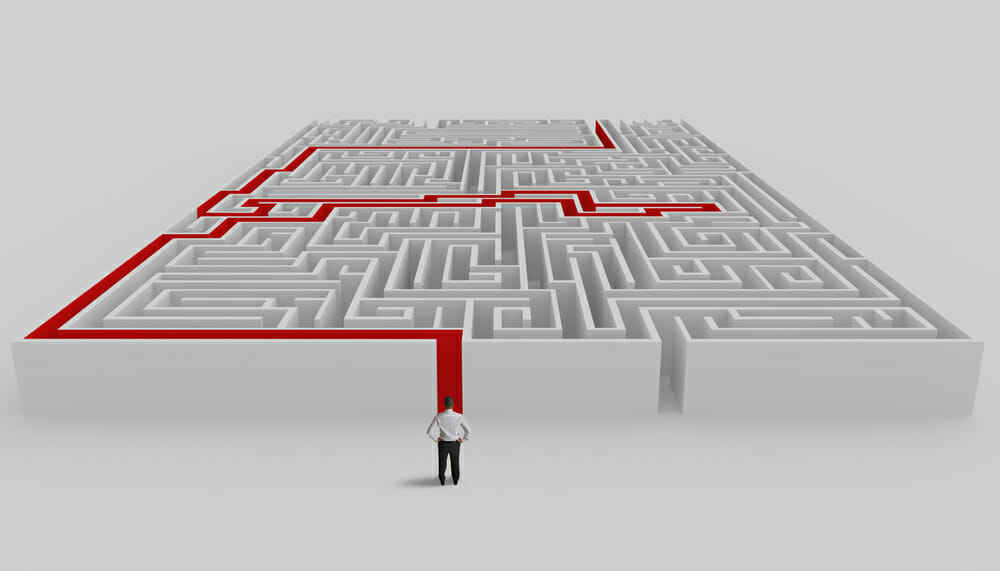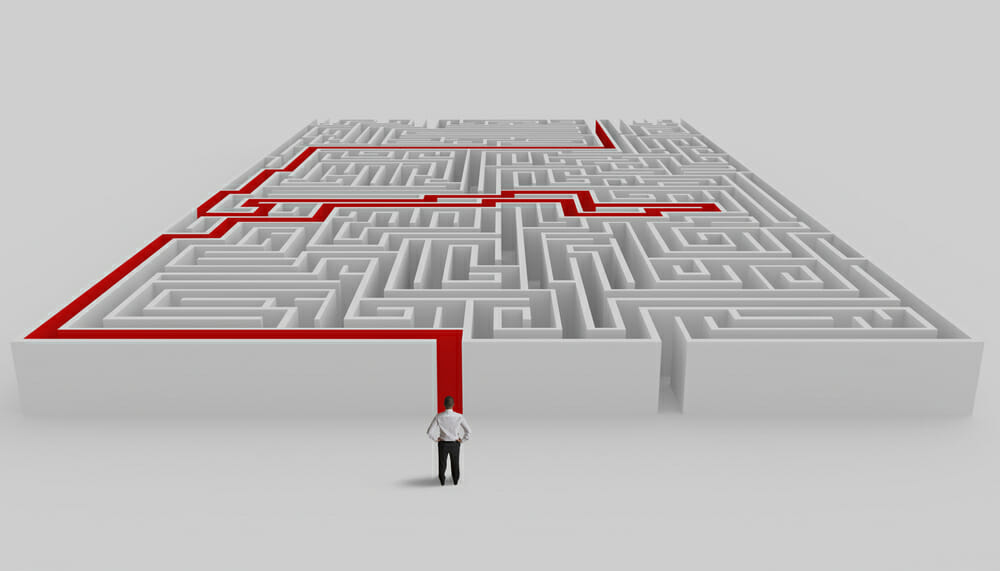
{Read in 5 Minutes} As a Trust and Estates attorney, I deal with the assets of deceased people all the time. In general, those assets can pass in one of two ways. First, any assets that do not name a direct beneficiary are payable to the Estate and will be distributed either to the beneficiaries under the Will or to the next-of-kin if someone dies without a Will. However, there are many assets that are controlled by beneficiary designation forms – these may include things such as a life insurance policy, a retirement account, or jointly held accounts or property. I spend a lot of time on this blog talking about the rights and duties of Executors and of beneficiaries during the probate process. However, I thought it would be worthwhile to spend some time reviewing what rights designated beneficiaries of non-probate assets have. We call these assets “non-probate” assets because they pass outside the Estate and the beneficiaries inherit them directly by operation of law.
A direct beneficiary on a non-probate asset does not need to wait for the Surrogate’s Court to issue Letters to a fiduciary of the Estate. Rather, that beneficiary can contact the bank, brokerage, or life insurance company directly to claim their assets immediately. The only obstacle that the beneficiary will have is proving to that company that the deceased person is really dead. This can be accomplished by presenting a certified death certificate to the company. If you are the beneficiary of a non-probate asset and you don’t have access to a death certificate, you should ask the Executor or Administrator of the Estate. If there isn’t one, ask a family member for a death certificate to use for this purpose. Once presented, the beneficiaries of non-probate assets may need to take some further steps:
1. Obtain the necessary forms.
Any company is going to have a claims process for life insurance policies or retirement accounts handled by large companies. Their claim forms may be directly on their website. If they aren’t, do an online search for the contact number for their claims department, and call to report the death. The company will then send you the claims forms.
2. Fill out the forms, making all necessary elections.
On the claims forms, you are going to need to make some choices, such as to whom the funds should be paid and whether you want a lump-sum payment or a series of payments. For retirement accounts, there may be even more choices.
Spouse beneficiaries may have the ability to put the funds into a rollover IRA. Non-spouse beneficiaries may find their choices more limited.
Also to remember: on retirement accounts, some of the distribution to the beneficiaries may be considered taxable income, so consult with your tax professional before making elections on the form.
3. Submit the claim forms.
Once you’ve completed the forms fully, submit the claim. Make sure you read the directions to ensure that you’ve completed everything that they need.
Find out if the company will keep the death certificate or return it to you. A lot of times the company will send it back to you if you send them a self-addressed stamped envelope. One needs to pay for each death certificate ordered from the City, County, or State, so this can save costs in the long run.
When submitting a claim form, find out if you can upload it to the company’s website electronically. This may result in you receiving your distribution faster. If not, consider sending it by certified mail or FedEx/UPS, so you can track the progress.
If you haven’t heard back in four to six weeks, follow up with the company by telephone or email.
It should be noted that there are some assets that are even easier to collect. For example, if there is a joint savings account, often you can simply walk into any branch of that bank with the death certificate and close the account by withdrawing all of the funds.
Finally, remember that non-probate assets may be one piece of the puzzle in a larger Estate plan, so it’s possible that you are a beneficiary of both probate assets and non-probate assets. If this is the case, go ahead and collect your non-probate assets immediately. There’s no need to wait for the completion of the Estate account administration process in order to collect them. You may then wind up with a second check at a later date, and that’s a good thing.
For more information on this topic, please contact me.

